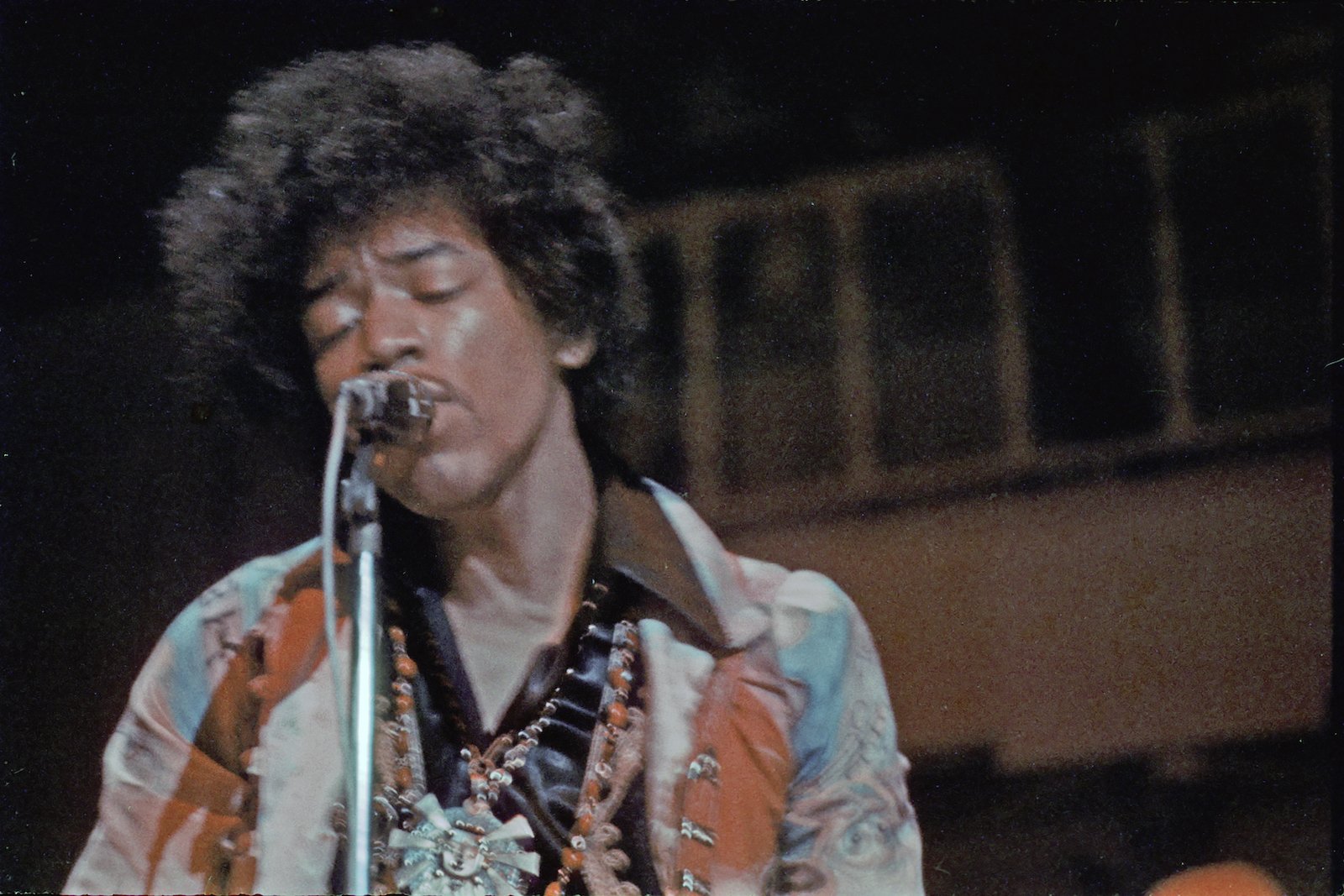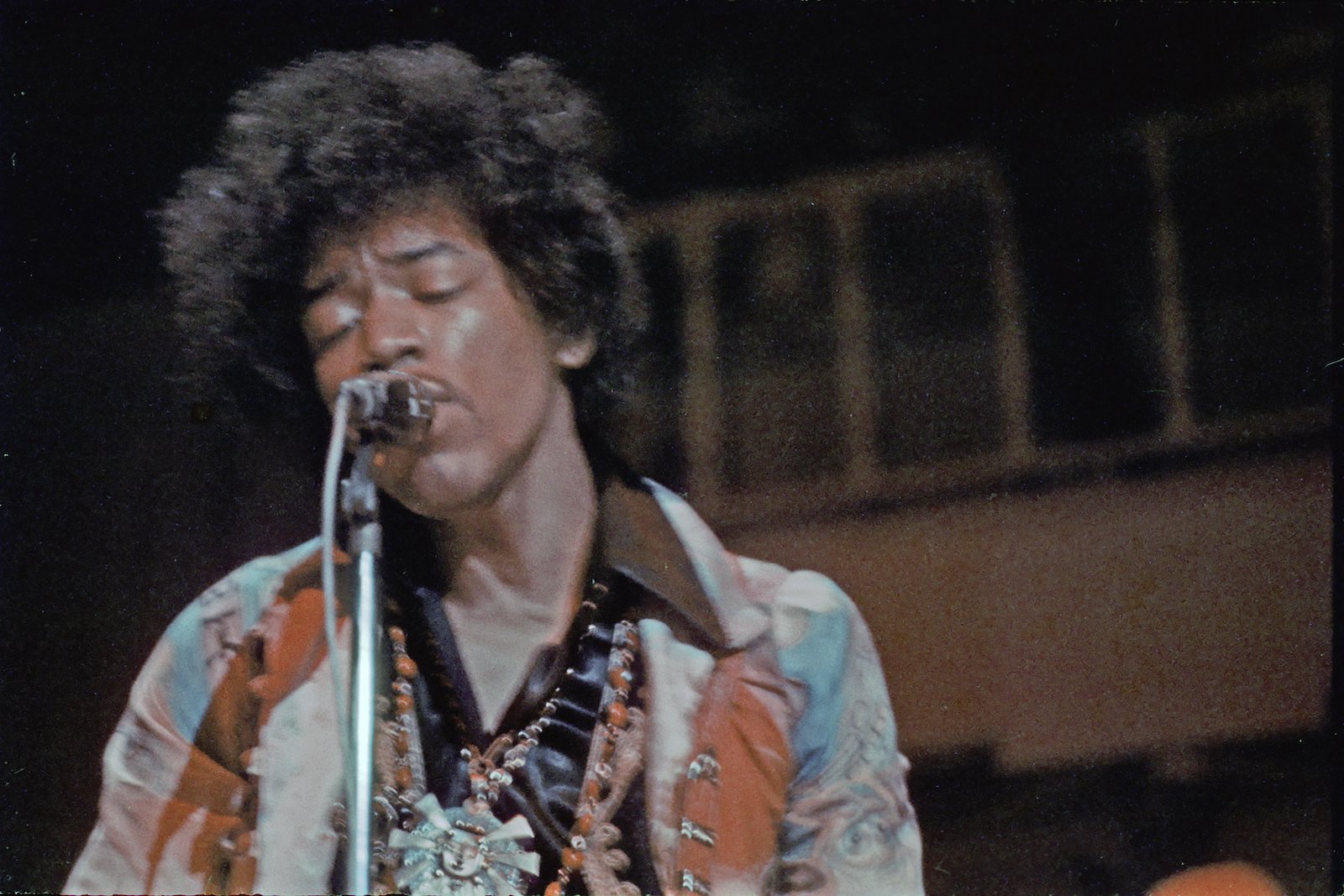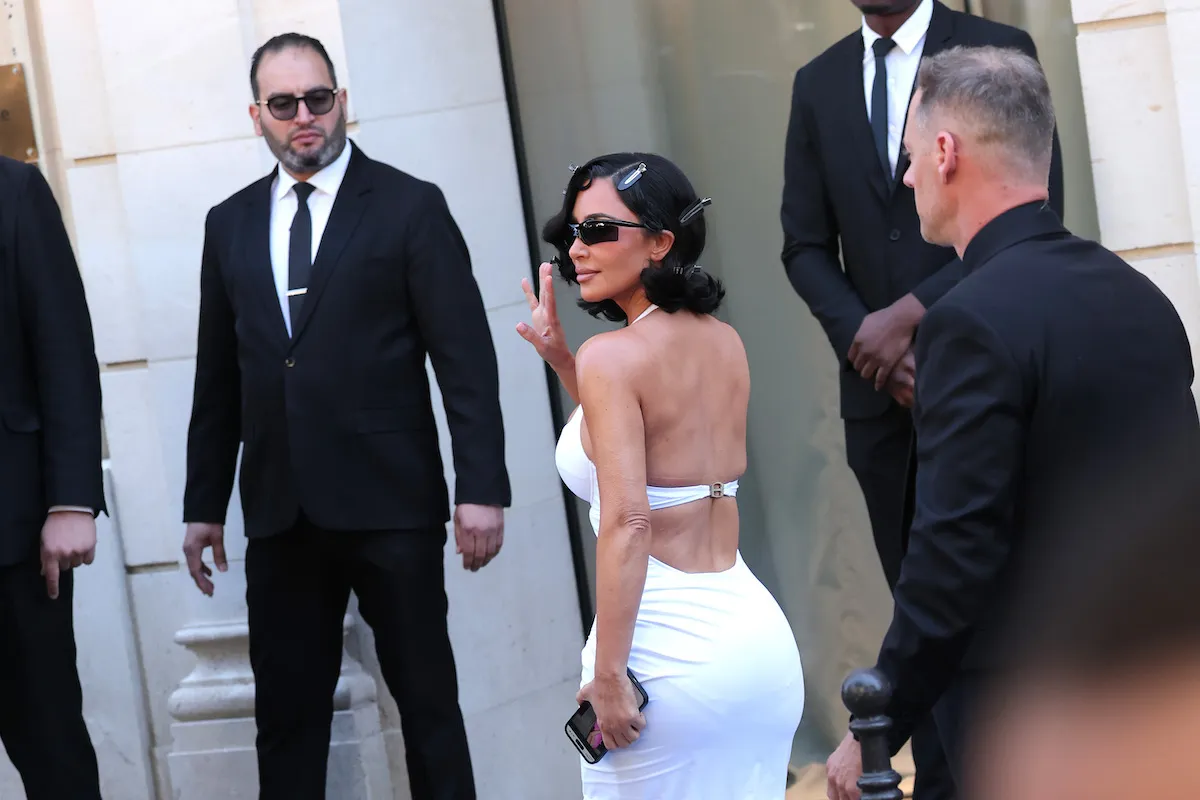
Jimi Hendrix Didn’t Want the Cover of ‘Electric Ladyland’ to Feature 19 Naked Women
Jimi Hendrix was a rock legend beloved for his guitar skills and one-of-a-kind performances. Even though Hendrix is a highly-regarded musician today, Hendrix’s mainstream success was limited to just a few years in the late 1960s, punctuated by his third (and final) album, Electric Ladyland.

Jimi Hendrix’s ‘Electric Ladyland’ was his last album
Jimi Hendrix first cut his teeth as a guitarist in the early 1960s. He hadn’t made a name for himself as a solo artist yet; instead, he played backup guitar for other popular artists, including Sam Cooke, Little Richard, Wilson Pickett, Ike and Tina Turner, and The Isley Brothers.
Hendrix eventually formed his own band, The Jimi Hendrix Experience, and launched his solo career as an artist. He flew off to London to raise his profile and began working on The Jimi Hendrix Experience’s debut album Are You Experienced, released in 1967. The group’s sophomore album Axis: Bold as Love, was released later that year.
Hendrix followed up his back-to-back albums with Electric Ladyland, released in October 1968.
He didn’t want 19 naked women on the cover of the album
The original cover of Hendrix’s Electric Ladyland featured 19 naked women, which wasn’t what Hendrix wanted. According to Ultimate Classic Rock, Hendrix sent a handwritten letter to his record label detailing what he wanted for the cover art, and included a sketch of what he wanted. He asked for a color photo by photographer Linda McCartney (then known as Linda Eastman) of the Jimi Hendrix Experience group sitting with children on the sculpture of Alice in Wonderland in Central Park.
Hendrix’s request and picture he drew for reference was ignored. Instead, the UK-based Track Records used its art department to create an album cover depicting 19 nude women against a black background. He was upset as the UK cover of the album stirred up controversy and the decision to create a NSFW album cover had “nothing to do with him.”
“Folks in Britain are kicking against the cover. Man, I don’t blame them,” Hendrix said at the time. “I wouldn’t have put this picture on the sleeve myself, but it wasn’t my decision. It’s mostly all bulls***.” It wasn’t the first time Hendrix was displeased with how his album cover was out of his control: he was similarly upset with the Axis: Bold as Love cover, according to the 2009 book The Rough Guide to Jimi Hendrix.
In the US, the Electric Ladyland cover was a blurred red and yellow photo of Hendrix’s head while performing at London’s Saville Theatre.
He eventually was okay with the cover
However, while Hendrix was initially unhappy with the British Electric Ladyland cover art, he eventually warmed up to it. “I didn’t know a thing about the English sleeve,” he told British music publication Melody Maker in 1968, according to Rolling Stone. “Still, you know me, I dug it anyway. Except I think it’s sad the way the photographer made the girls look ugly. Some of them are nice looking chicks, but the photographer distorted the photograph with a fish-eye lens or something. That’s mean. It made the girls look bad. But it’s not my fault.”
The scandalous Electric Ladyland cover was banned by several record dealers as pornographic, while others sold it with the artwork covered on the shelves.
He died in 1970
Hendrix would continue to enjoy success through the end of the 1960s, performing at the famous Woodstock festival in 1969. At the same time, he began to spiral further into drug addiction and became increasingly isolated from the world around him.
Hendrix died in 1970 at what many consider to be the peak of his success.


